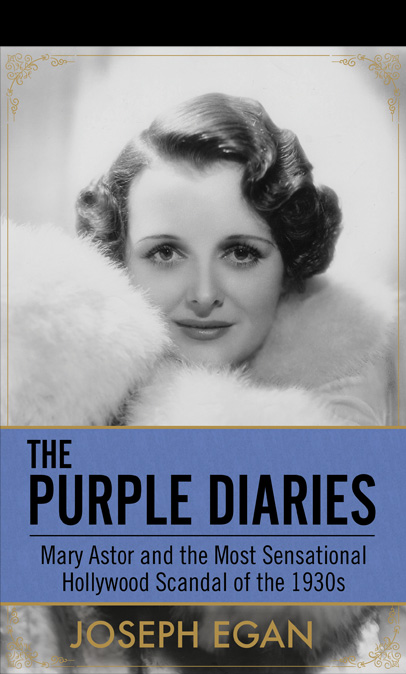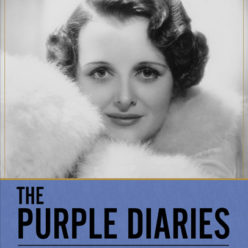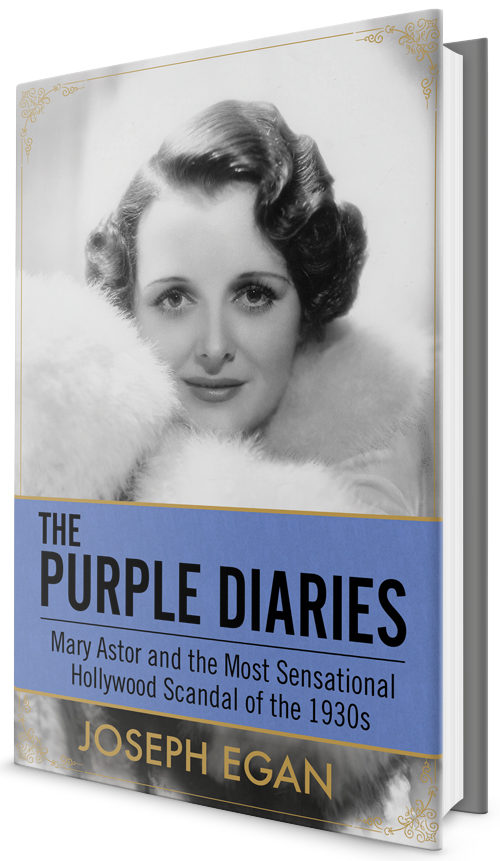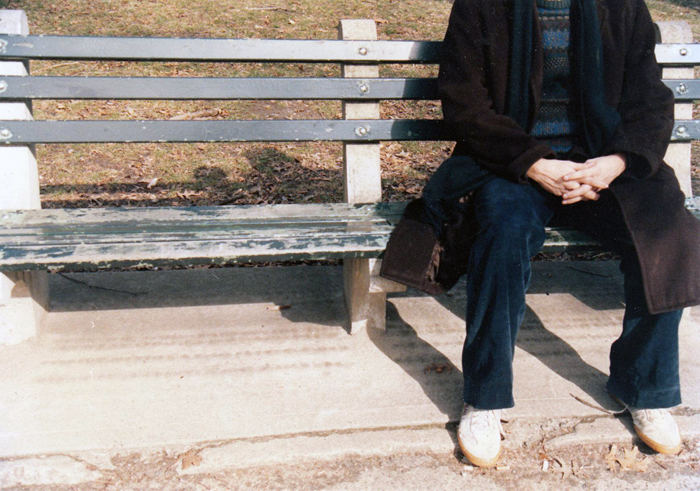

THE MUSE
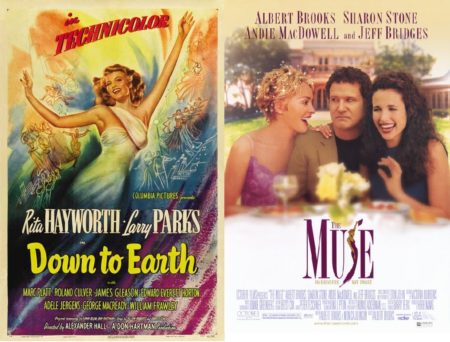
THE MUSE IN THE MOVIES: RITA HAYWORTH AND SHARON STONE
What is a Muse? Someone asked me recently to explain what a muse was. As I was babbling on it occurred to me that several years ago I had written about me and my muse in an introduction to a book. So, I searched through my trunk of unpublished material and there it was. But, before sending it to the friend , I read the short chapter and found it quite amusing. I’m hoping you will as well.
IT’S A MYSTERY
Before Sigmund Freud, the guilt complex, the oedipal complex and a whole lot of other complexes there were various non scientific explanations for the intricate and, at times, baffling workings of the human mind. For example, evil and or the devil were all purpose explanations for everything from your run-of-the-mill schoolyard bully to Mr. Adolf Hitler himself. Thus, in a pre Freud world, Hitler did not suffer from a predisposed borderline personality disorder brought on by brutal treatment at the hands of an emotionally inconsistent and physically abusive father but, rather, he was the tool of the devil working its evil upon the world. It should be noted that in the pre-Freud world there are no mitigating circumstances and none of that “my mother made me do it” bullshit. Thus, in pre-Freud Mr. Adolf doesn’t get off the hook that easy. For that matter neither does that schoolyard bully.
In pre-Freud marriages are made in heaven, relationships come about due to chemistry and, as for love well, “fools will give you reasons but wise men never try.” Fruit not falling far from the tree is the common explanation for similarly negative behavior in parents and offspring and weakness of character the principle reason for obsessive behavior and/or addictions ranging from drugs to sex. As for the arts, talent is a ‘gift;’ ‘a way with words’ explains why writers write, ‘good with colors’ why painters paint and ‘can hold a tune’ why composers compose.
As for creative process itself, in pre-Freud it is the province of the nine muses of Greek mythology. These muses are nymphs—meaning young, cute and very appealing—whose principal function is to provide creative inspiration. In the 1940s Rita Hayworth played Terpsichore the muse of dance and more recently Sharon Stone embodied a general, all purpose muse whose high priced services found a seller’s market in A-list Hollywood.
Although I have read Freud extensively and not only know all about the guilt complex—as I am it’s daily victim—but am well aware of subconscious verses conscious thinking. Nevertheless, I must admit, I completely buy into the muse. And, the reason is simple. I have my own muse and, although in no way does she resemble Rita Hayworth—but then again who does—or even Sharon Stone—but then again who does—her voice is sweet music to my ears. In post Freud this might be diagnosed as a delusion or possibly even a fixation. Be that as it may, my attitude is that “a rose by any other name smells just as sweet.”
I assure you, this sweetness comes at a price—a steep price. My particular muse gives meaning to the word illusive. I can agonize at my PC for a day, a week or even a month and no matter how hard I beg and plead for her to come, tears often welling up in my eyes, she will stay away. Then while I’m walking down a street, or sitting in a subway car or even enjoying a good movie—the muse being the last thing on my mind—she will suddenly appear and ever so quietly whisper into my ear. This seductive whisper will soon have me pacing and actually talking to myself—so completely lost in thought that I’m oblivious to my surroundings—involved in a dialogue in which my muse will effortlessly provide answers to problems that I had been painfully struggling to solve for what often seems an eternity.
Rest assured, I do not use the term seductive lightly. Above all, the muse is a seductress whose principal tool of seduction is the euphoria of inspiration. And, what exactly is the euphoria of inspiration? Put simply, the ability to believe that anything, no matter how utterly absurd it might first appear, will work. She can provide a starting point, solve problems when things don’t jell or help me to find the focus that will make the road ahead clear. She is encouragement itself, dispelling all self-doubt and providing what Sir Charles Spenser Chaplin often referred to as the “enthusiasm” necessary to create. In short, she can make me believe that anything is possible. Nonetheless, my muse—like most women I know—is also extremely fickle. If I don’t allow her to seduce me; if I doubt or question her or in any way demonstrate that I do not completely trust in what she is saying, she will disappear as quickly as she arrived taking her magical gifts with her.
Hence, when she appeared recently I showed her no doubt nor did I dare question her. Instead, I popped up in my chair and—as usually happens when she pays me a surprise visit—began talking to myself. But, it wasn’t me speaking, it was the muse speaking in my voice telling me things that had never occurred to me before but, now, not only appeared painfully obvious but also made absolutely perfect sense. I can only imagine what Dr. Freud would have to say about that one.
During this particular visit she offered me an epiphany—something that had always been there right in front of me but, as always, it was the Muse who made me see what I couldn’t see. Years ago I had written a short comic treatment based in part on my experiences in high school. Other than this teen comedy I had never been able to write about high school. I just didn’t think of these experiences as having anything even resembling—much less approaching—a story: you know; a beginning, middle and an end with a climax a.k.a. a resolution or dénouement. Instead, I thought of those years as a crazy quilt rainbow colored set of experiences that made absolutely no sense while they were happening and only in distant retrospect attained anything approaching “meaning.”
On this day and on this visit, my muse made a connection. She’s extremely good at that. The muse pointed out that by using this story and describing the real incidents on which it was inspired, I would have the platform to recount these experiences in a context that readers might find acceptable. In short, with the story providing the framework, I could write whatever I wanted to write in the pure stream-of-conscious that constitutes the pattern of memory without ever needing to concoct a “story.”
Then, suddenly, with all this figured out, I became aware that the muse was gone; gone as quickly as she had come, having taken all her magical gifts with her. She had stayed just long enough. When things are right, and she is not being too illusive or too finicky, the muse always stays just long enough.
